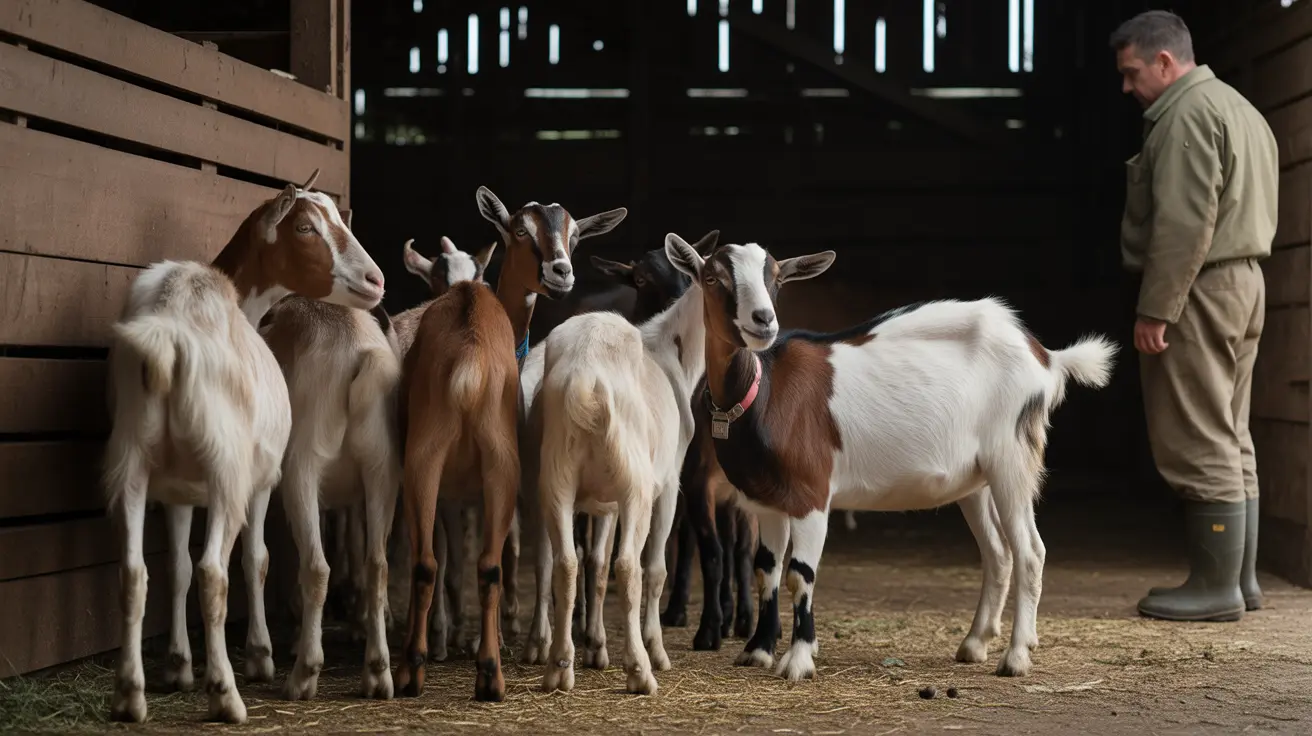What Foods Do Cats Love the Most? A Guide for Pet Owners
Cats are known for their discerning tastes, often turning their noses up at certain offerings while devouring others with enthusiasm. Understanding
which foods cats love most is essential for ensuring they receive a nutritious and satisfying diet. In this article, we’ll delve into feline food preferences and offer suggestions to please even the pickiest of eaters.
1. Why Understanding Cat Food Preferences Matters
A cat’s diet affects more than just their mood. It impacts their:
- Overall health and vitality
- Energy levels and behavior
- Lifespan and quality of life
- Bond with their human companions (through shared feeding experiences)
Choosing the right food means appealing to their natural instincts while ensuring the diet is balanced.
2. Top Foods Cats Love Most
Cats are obligate carnivores, meaning their bodies require nutrients found in animal flesh. Here are the
top foods cats tend to love:
- Tuna: Whether canned or freshly cooked, tuna is a feline favorite due to its strong aroma and taste. However, it should be fed in moderation due to mercury content.
- Chicken: A lean protein, cooked chicken (without seasoning) is highly appealing and healthy for cats.
- Salmon: Rich in omega-3 fatty acids and protein, salmon is often used in both wet and dry cat foods, and cats typically love it.
- Turkey: Another protein-rich meat that many cats enjoy, particularly when given as plain, cooked pieces.
- Liver: Organ meats like liver are nutrient-dense and extremely tasty to cats, though best served occasionally.
- Wet/Canned Cat Food: Most cats prefer moist food over dry kibble due to its texture and stronger scent.
3. Foods to Avoid
While it's important to know what cats enjoy, it's equally critical to understand what should be avoided. Some human foods and ingredients can be dangerous to feline health:
- Onions and Garlic: Both can damage red blood cells and cause anemia.
- Chocolate and Caffeine: Toxic compounds in chocolate can be fatal to cats.
- Raw Eggs and Bones: Risk of salmonella or injury from splinters makes these a poor choice.
- Milk and Dairy: Contrary to popular belief, many cats are lactose intolerant and should avoid dairy products.
4. How to Introduce New Foods
Cats are creatures of habit and can be sensitive to dietary changes. Here's how to introduce new foods safely:
- Start slow: Mix small amounts of the new food with their current meals.
- Observe reactions: Watch for signs of allergies or digestive upset.
- Maintain balance: Ensure the overall diet remains nutritionally complete.
5. Tips for Feeding Fussy Cats
Some cats may turn up their noses even to high-quality food. Try these strategies:
- Warm up wet food: Heating it slightly enhances its aroma and palatability.
- Switch textures: Some cats prefer pate, others chunks or shreds in gravy.
- Use food toppers: Sprinkle favorite treats like freeze-dried chicken or tuna flakes on their meal.
6. Understanding Cat Treats
Cats also enjoy treats, but choose them wisely. Look for those with high protein and minimal fillers. Popular options include:
- Freeze-dried chicken or fish
- Soft meaty chews
- Treats with added dental or health benefits
Conclusion
Cats have individual preferences, but protein-rich animal foods like
tuna, chicken, and salmon consistently rank among their favorites. By offering a diet based on these beloved foods and avoiding harmful ingredients, pet owners can keep their feline friends happy and healthy.
Understanding what your cat loves to eat isn't just about indulgence—it's about promoting better health, digestion, and a deeper human-feline bond.





